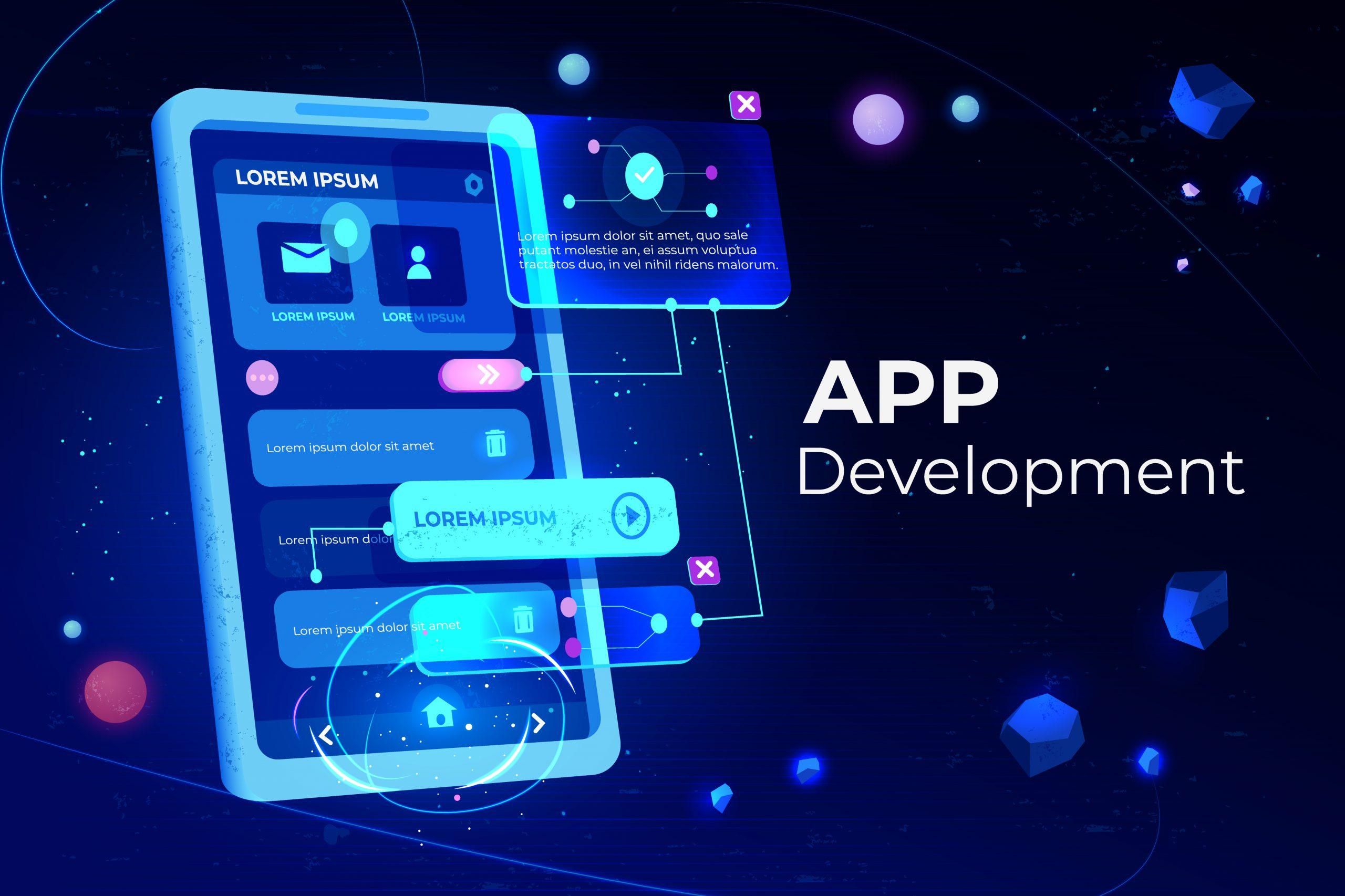
Mind-Reading Tech: Decoding Brain Signals
- 0
Advancements in technology have enabled scientists and researchers to delve into the depths of our minds, exploring the possibility of mind-reading through decoding brain signals. This cutting-edge field unites neuroscience and technology to create a revolutionary innovation that has the potential to transform various industries.
The Emergence of Mind-Reading Tech
Mind-reading technology has come a long way since its humble beginnings. It all started with the development of electroencephalography (EEG) in the early 20th century, which allowed scientists to record electrical activity in the brain. Since then, advancements in signal processing, machine learning, and artificial intelligence have paved the way for more sophisticated mind-reading technologies.
How It Works
Mind-reading tech involves the use of devices that can measure and interpret brain signals. There are various methods employed in this process, such as EEG, functional magnetic resonance imaging (fMRI), and near-infrared spectroscopy (NIRS). These methods allow researchers to decode brain signals and extract valuable information about our thoughts, emotions, and intentions.
Applications in Healthcare
Mind-reading technology holds immense potential in the healthcare industry. It can aid in diagnosing and treating mental disorders, brain injuries, and other neurological conditions. For instance, it can be used to identify patterns in brain activity associated with depression or to control prosthetic limbs for individuals with paralysis.
Enhancing Human-Computer Interaction
Mind-reading tech can revolutionize the way we interact with computers and other devices. Imagine being able to control your smartphone or computer simply by thinking. Researchers are working on developing brain-computer interfaces (BCIs) that allow individuals to navigate through applications, type messages, or control external devices using their thoughts alone.
Privacy and Ethical Concerns
Mind-reading technology necessitates addressing privacy and ethical concerns. As it involves accessing one’s thoughts and intentions, it raises questions about consent and personal boundaries. Striking the right balance between technological advancement and protecting privacy will play a crucial role in the widespread acceptance and ethical implementation of mind-reading tech.
Challenges and Future Implications
Despite the remarkable progress, mind-reading technology still faces significant challenges. Interpreting the intricacies of brain signals accurately is no small feat. Additionally, the costs associated with these technologies and their accessibility need to be addressed for wider adoption.
Looking ahead, the potential implications of mind-reading tech are immense. It could enable us to gain deeper insights into human cognition, revolutionize communication, and even help us unlock the mysteries of consciousness.
Conclusion
Mind-reading technology is an exciting frontier that merges the boundaries of neuroscience and technology. While there are challenges to overcome, the potential benefits and applications in healthcare, human-computer interaction, and beyond are vast. As we continue to decode brain signals, the future holds limitless possibilities for understanding the inner workings of our minds.

